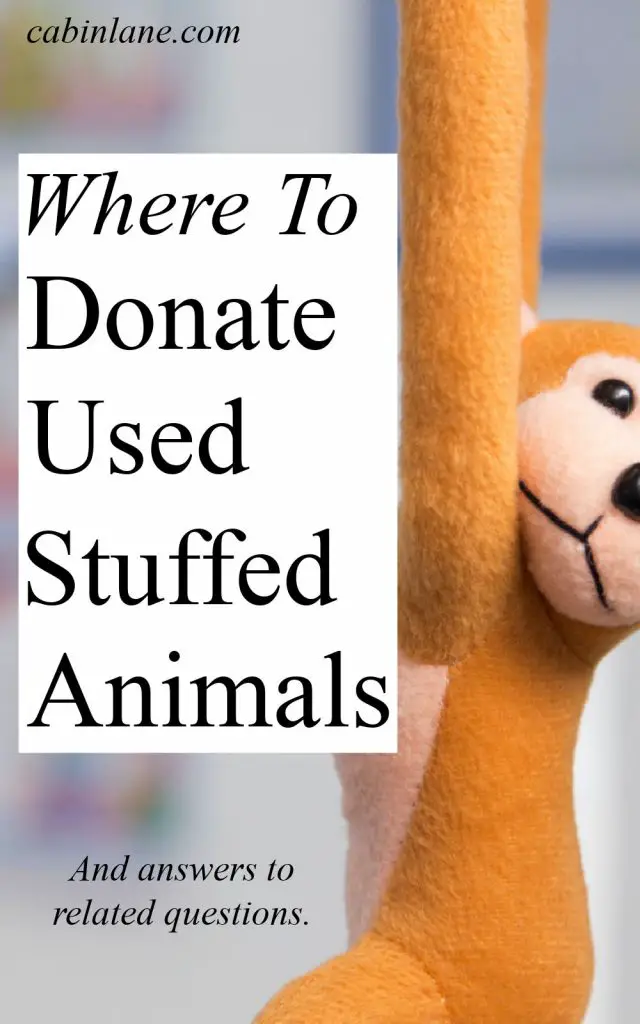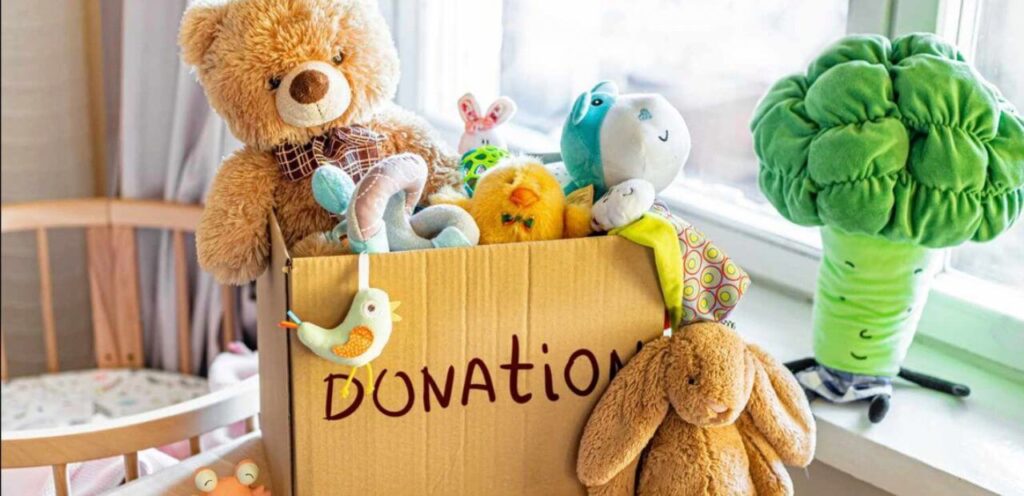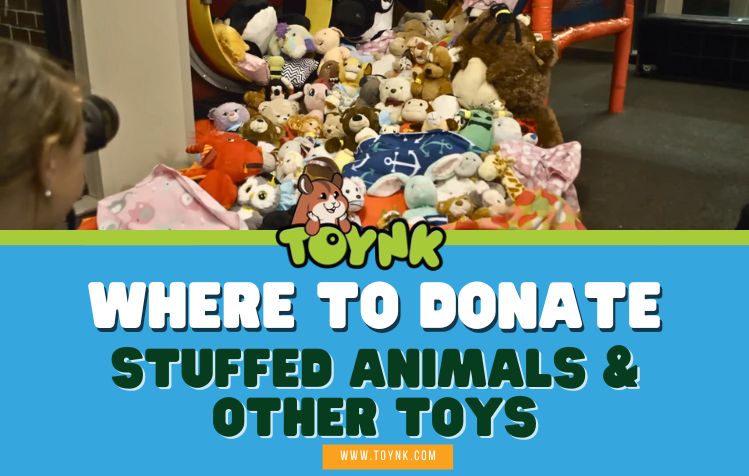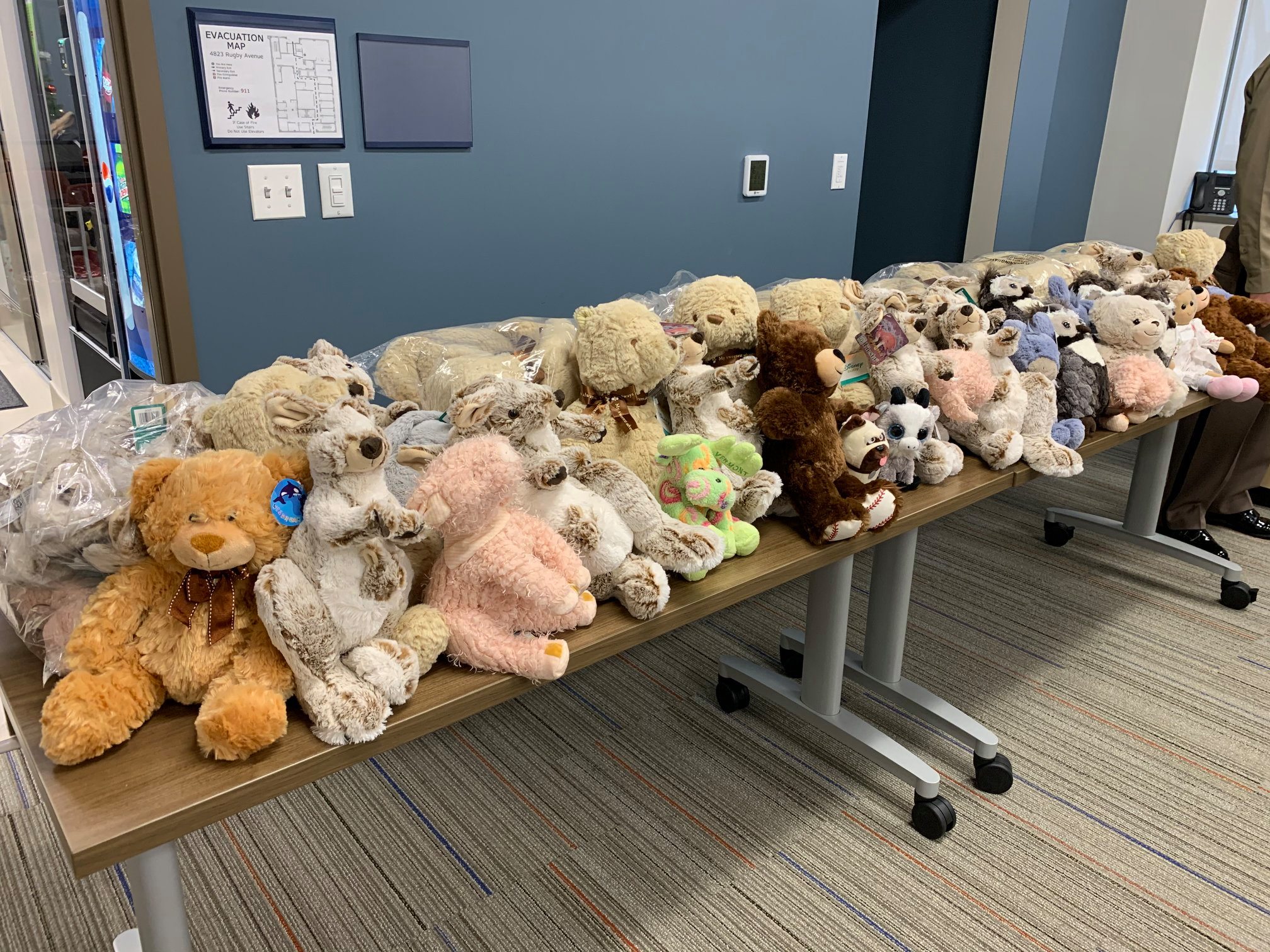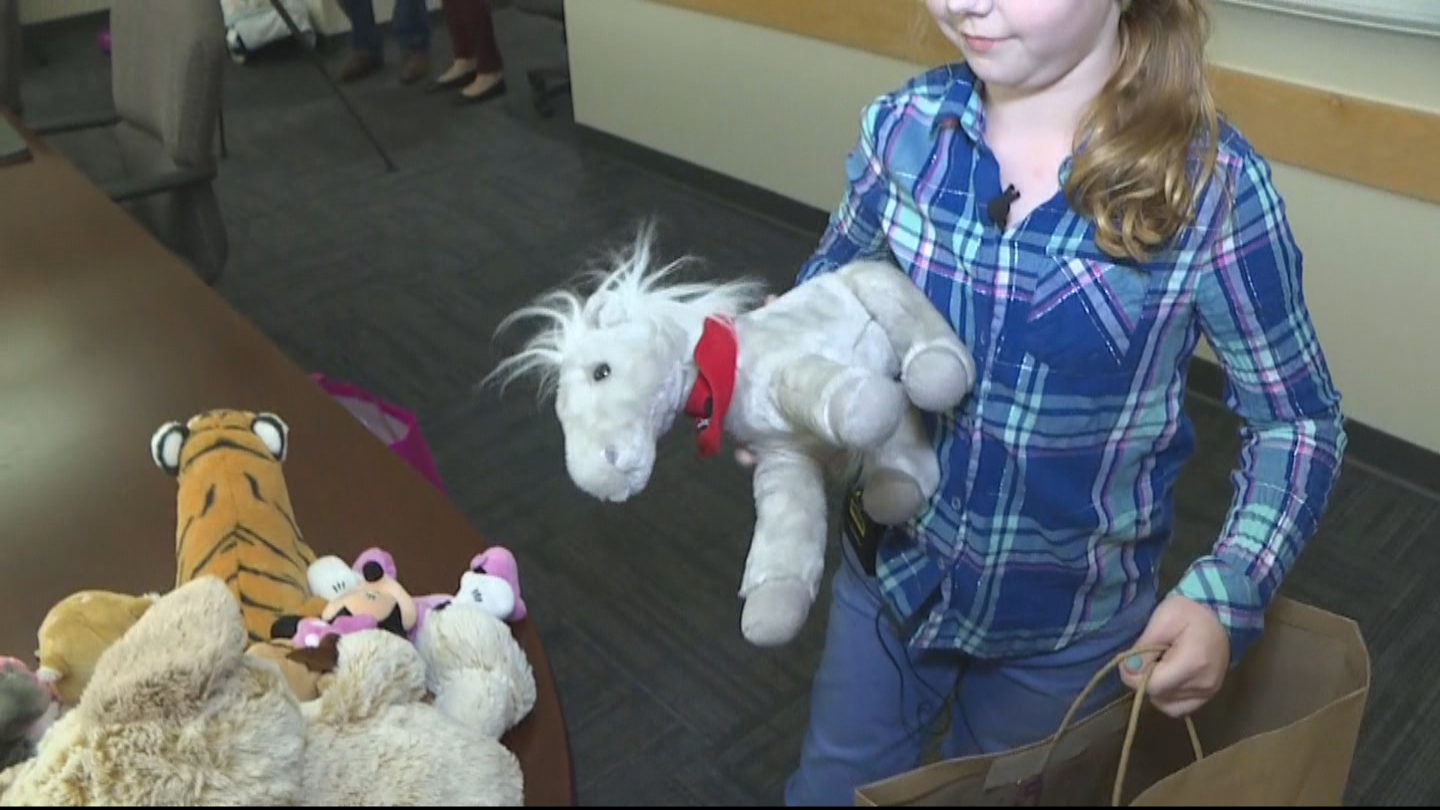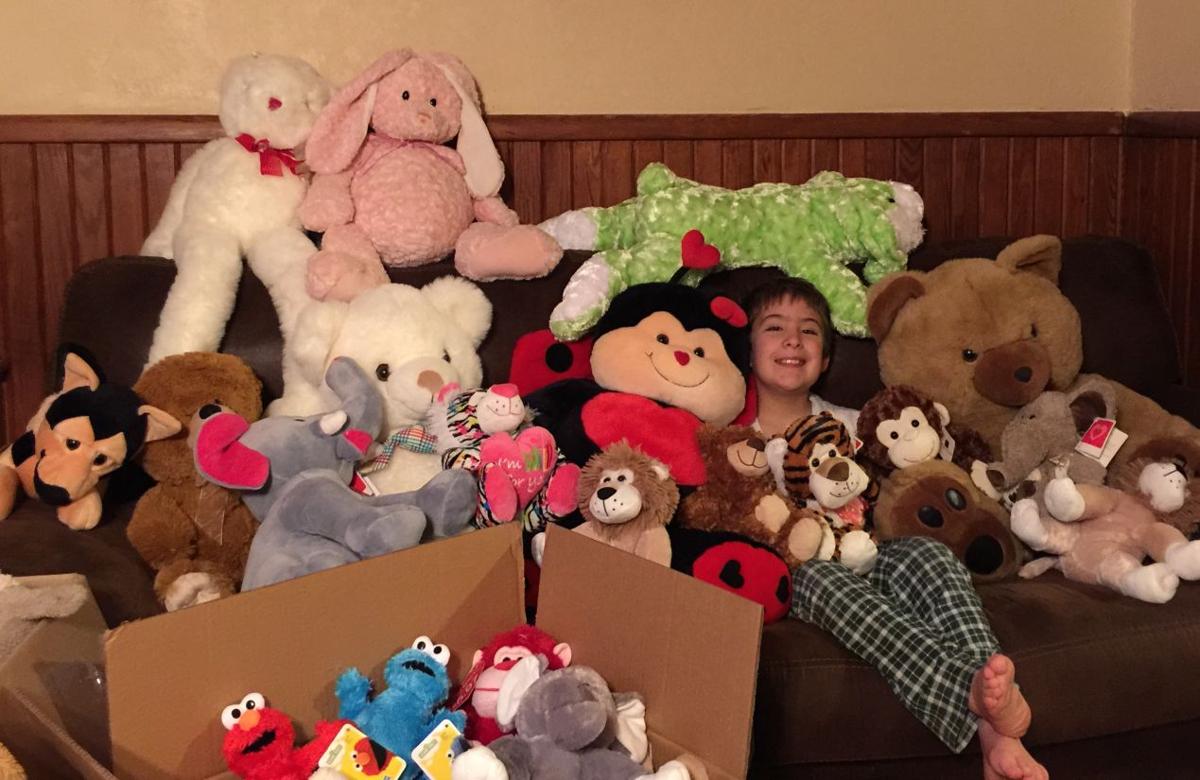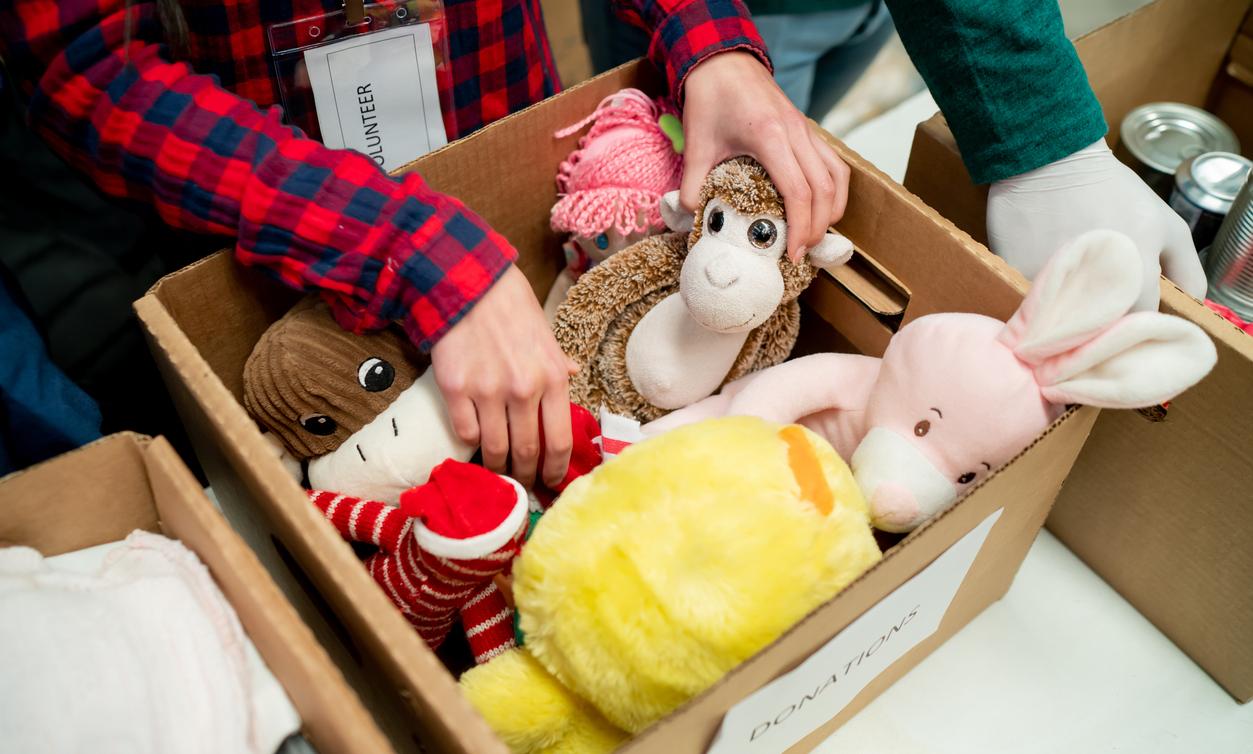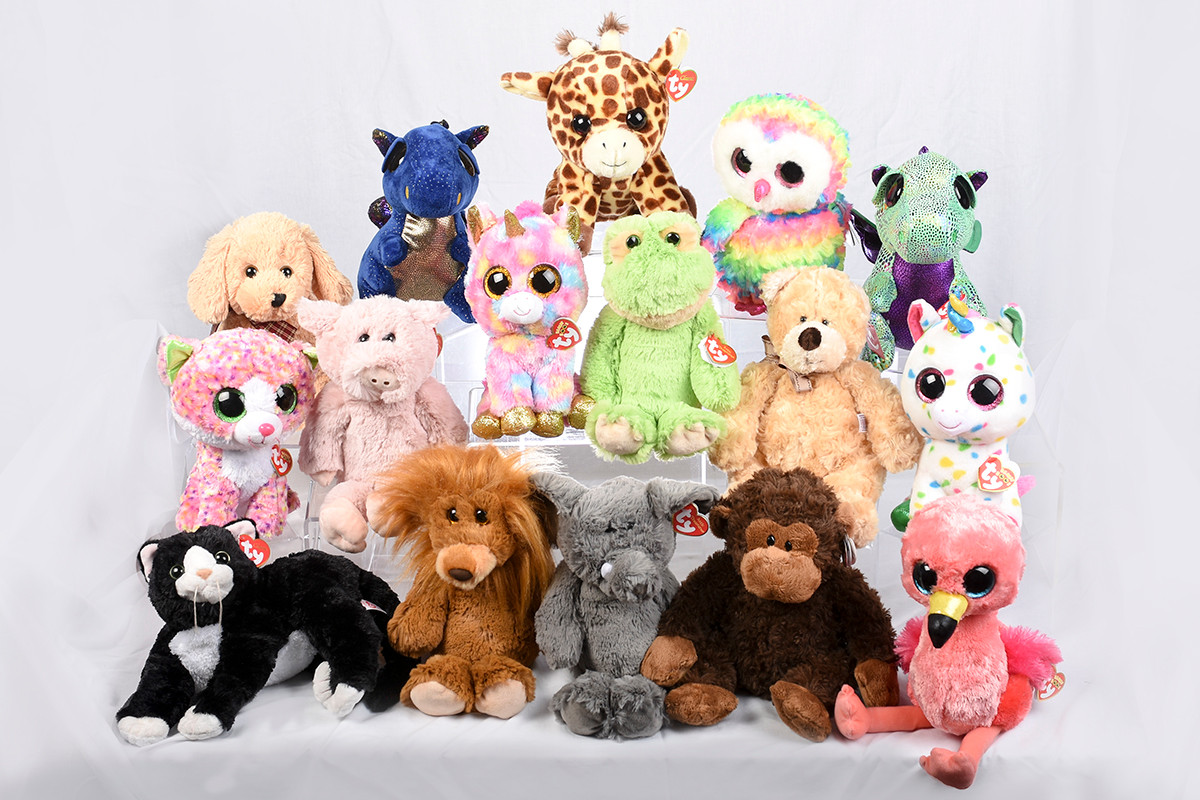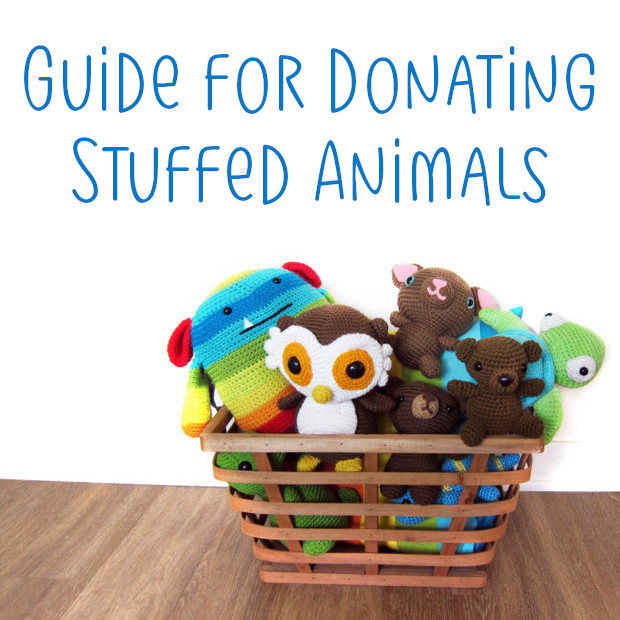Where Do I Donate Stuffed Animals

The overflowing toy bins, the attic boxes brimming with plush companions – many find themselves facing the question: what to do with gently used stuffed animals? The desire to declutter often clashes with the reluctance to simply discard items that once brought comfort and joy. Luckily, numerous avenues exist for donating these cuddly creatures, giving them a second life and a chance to bring happiness to others.
Donating stuffed animals offers a win-win solution: reducing clutter while supporting various causes. Understanding the options available, the specific requirements of each organization, and the condition guidelines for donations are crucial to ensure your contributions make a positive impact. From local charities to national organizations, the opportunities to donate are more diverse than one might think.
Local Charities and Organizations
Often, the most direct and impactful donations can be made within your own community. Local charities are frequently in need of stuffed animals to comfort children facing difficult circumstances. Homeless shelters, for example, often welcome donations of clean, gently used toys to provide a sense of security and normalcy for children experiencing homelessness.
Women's shelters can also benefit from these donations, offering comfort to children who have experienced trauma. Contacting the shelter beforehand to inquire about their specific needs and donation guidelines is essential.
Similarly, consider reaching out to local foster care agencies. These organizations often provide welcome packages to children entering the foster care system, and a stuffed animal can offer a much-needed sense of comfort during a challenging transition.
Hospitals and Emergency Services
Hospitals and emergency services, like fire departments and ambulance services, frequently use stuffed animals to comfort children in distress. These organizations often keep a supply of plush toys on hand to offer to children who are injured, scared, or experiencing a medical emergency. However, hospitals often have very strict requirements regarding the types of toys they can accept, due to infection control concerns.
Therefore, it's crucial to contact the hospital's child life department or volunteer services office before donating. They may only accept new, individually wrapped stuffed animals that meet specific safety standards. Some fire departments and ambulance services may have more flexible guidelines, but contacting them directly to inquire about their needs is always the best practice.
National Organizations
Several national organizations also accept donations of stuffed animals, although their requirements and distribution methods may vary. Goodwill and The Salvation Army are well-known charities that accept a wide range of donations, including stuffed animals. These organizations resell donated items in their stores, using the proceeds to fund their various programs and services.
Stuffed Animals for Emergencies (SAFE) is a non-profit organization dedicated specifically to collecting and distributing stuffed animals to children in emergency situations. SAFE partners with various organizations, including police departments, fire departments, and hospitals, to provide comfort to children in need.
Another option is to explore organizations that ship goods to children in need around the world. While specific requirements may vary, carefully vetted and cleaned stuffed animals can often bring comfort and a sense of connection to children facing hardship internationally.
Preparing Stuffed Animals for Donation
Regardless of the organization you choose, preparing your stuffed animals for donation is crucial. All donated items should be in good condition, free from rips, tears, or stains. Thoroughly cleaning the stuffed animals is essential to ensure they are hygienic and safe for children to handle.
Washing the stuffed animals in a washing machine on a gentle cycle with mild detergent is generally recommended. For delicate items, hand-washing or spot-cleaning may be necessary. Make sure the stuffed animals are completely dry before donating them to prevent mold or mildew growth.
Remove any batteries or electronic components from the stuffed animals before donating. Also, consider repairing any minor damage, such as loose seams or missing buttons, to make the toys more appealing and durable. Donating items that are in the best possible condition shows respect for the recipients and the organizations that serve them.
Considerations Before Donating
Before donating, take the time to consider the specific needs and requirements of each organization. Some organizations may only accept new stuffed animals, while others may have restrictions on the types of materials or sizes they can accept. Contacting the organization directly is the best way to ensure that your donations will be accepted and put to good use.
Be mindful of any potential allergens or sensitivities. If you have pets or smoke, consider whether your stuffed animals may have been exposed to allergens that could affect children with allergies or respiratory conditions. In such cases, it may be best to donate to organizations that can properly clean and sanitize the items before distribution.
Finally, remember that donating stuffed animals is not just about decluttering; it's about providing comfort and support to children in need. By carefully selecting the organizations you support and preparing your donations responsibly, you can make a positive impact on the lives of others.
